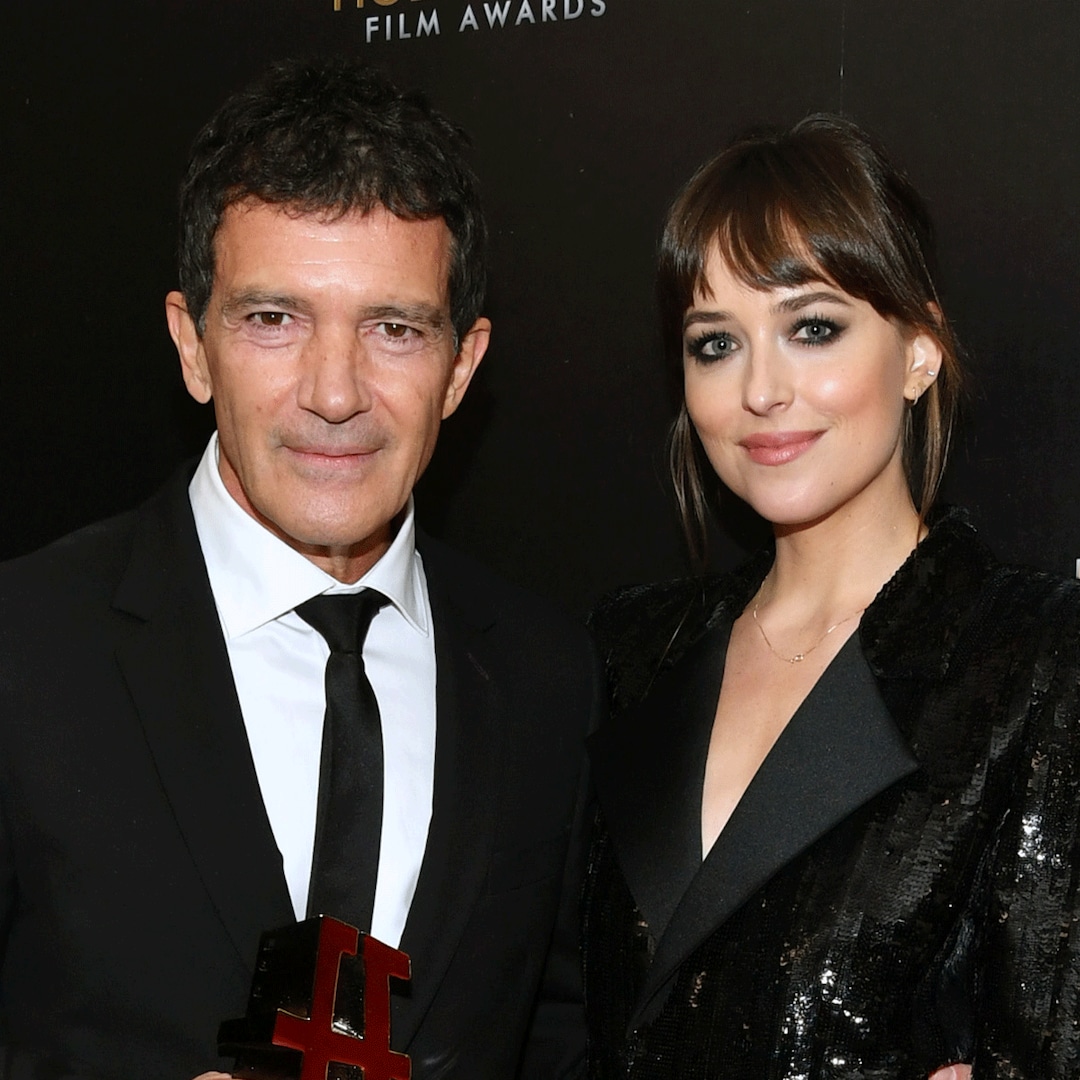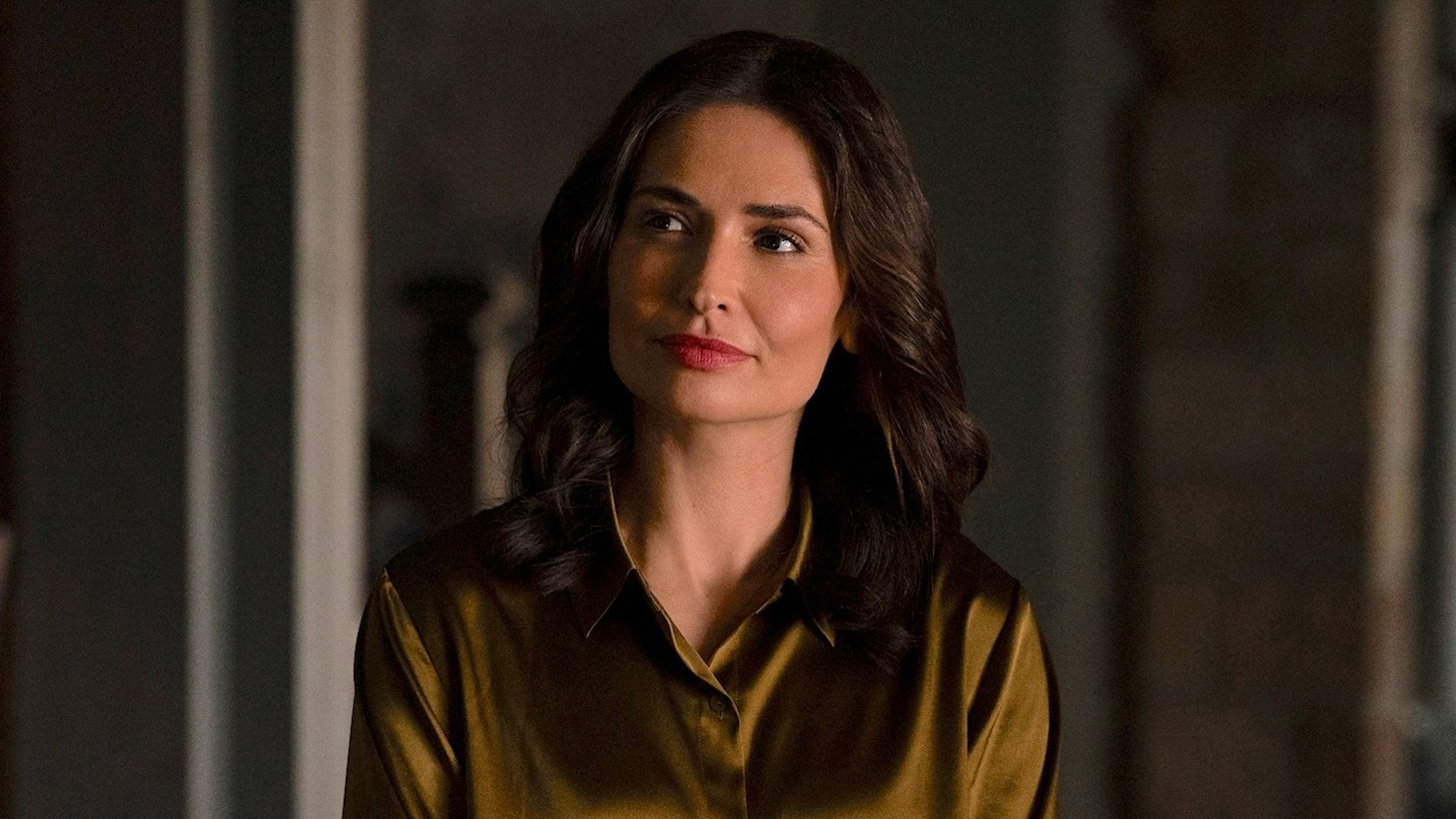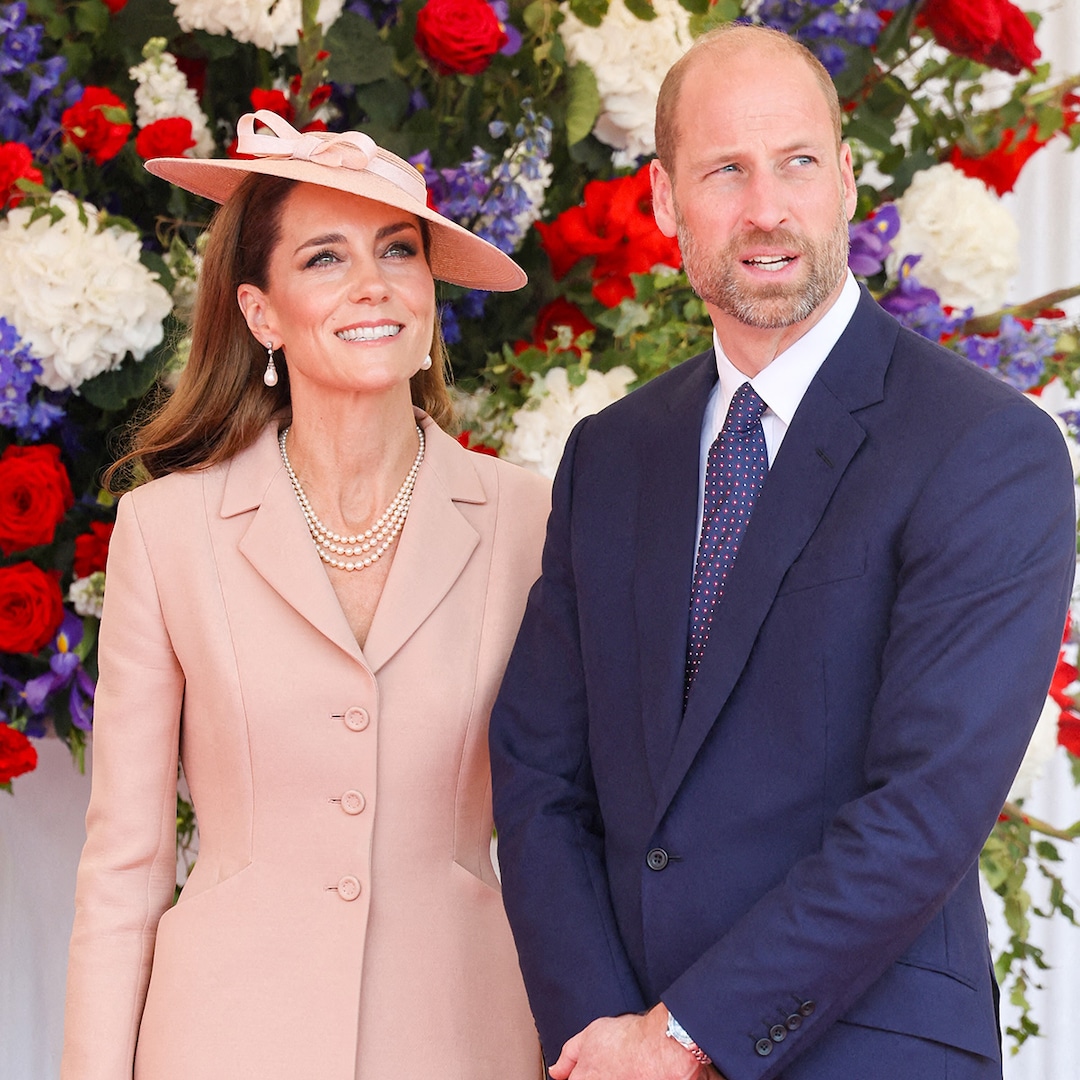
Genre mashups are more of a balancing act than we give them credit for. By their very nature, genres tend to stamp stories with firm identities. Bringing two of them together alone is challenging enough given that favoring one over the other can undercut the storytelling intricacies found between them. Fortunately for writer, producer, and director Steven DeKnight, years of TV work on shows such as Daredevil, Smallville, Buffy, and Spartacus (which he created) has more than prepared him to take on such a challenge with his new graphic novel Hard Bargain, a hardboiled/horror/fantasy yarn that would make Raymond Chandler and Robert E. Howard crack a smile.

Illustrated by Brazilian artist Leno Carvalho, Hard Bargain follows a private investigator called Frank Harding as he investigates a series of deaths steeped in a history of prejudice and silence that runs from one generation to another. The story’s set in a 1940’s Los Angeles where monsters and fantastical beings are woven into the fabric of reality. Despite the weird elements at work in this version of LA, the city’s track-record with racial injustice has crossed over intact. This is where the book finds its procedural core.
DeKnight and Carvalho are aware of the multitude of ideas that hover over the narrative, and they adjust accordingly to make sure they communicate in perfect harmony. There’s a bit of Constantine in Harding, for instance, but it’s filtered through old-school film noir and detective fiction to keep the many ideas in play from cannibalizing each other. Influences are kept in check to make sure the book isn’t just another homage to times past as well. The end result feels distinct and fresh, and it genuinely captures the spirit of the times in terms of both glamour and corruption.
Hard Bargain is currently being funded on Kickstarter. The Beat corresponded with DeKnight to discuss the overarching concepts of justice he explores in the book along with the real history that inspired the story.

RICARDO SERRANO: Hard Bargain is very concerned with the concept of justice and the shapes it can take (not all legal). What led you to land on this idea for the book?
STEVEN DeKNIGHT: While the hardboiled detective aspects of the story were greatly influenced by my love for the short stories and novels of Raymond Chandler, the concept of justice explored in Hard Bargain was a direct result of my horror over the murder of Vincent Chin in 1982. I was a high-school student at the time, but this event always stuck with me. Two angry white auto workers held Chin down and repeatedly bashed him in the head with a baseball bat. Chin died of his injuries and the two men were only sentenced to three years’ probation and a three thousand dollar fine. Typing this today still fills me with rage.
Chin’s murder was committed at the height of blue-collar anger towards Japan for encroaching on the U.S. car market (his murderers mistakenly thought Chin was Japanese). What happened to him always stuck with me and eventually became the inspiration for the underlying mystery propelling Hard Bargain, as well as the motivating theme of how do you find justice in an often unjust world?

SERRANO: The 1940s LA setting gives the story a very distinctive flavor, making the hard-boiled sensibilities shine through. Why was it important the book be set there and in that era?
DeKNIGHT: For me, 1940s Los Angeles has always been the ideal setting for a good old two-fisted, hardboiled detective story largely because that’s where Raymond Chandler set his Philip Marlowe tales. And for good reason. Los Angeles at that time had the perfect juxtaposition of hopes and dreams (like being discovered at the counter of a drugstore and becoming a movie star) and the grit and grime and seediness of corruption and murder lurking just below the surface. Add to that the beautiful fashion, gorgeous cars, and wonderful vernacular of the period, and it just screams to drop a guy like Frank Harding right in the middle of it.

SERRANO: What do you think crossed over into the book from your time working on TV and film? Anything that surprised you in the process?
DeKNIGHT: Any writer’s work is ultimately influenced by their experiences, and I’m certainly no exception. Every book and comic I’ve read, every album I’ve listened to, every movie and TV show I’ve watched – it all goes into the creative blender. And that certainly applies to all the film and television projects I’ve had the good fortune to work on. Buffy, Angel, Smallville, Dollhouse, Spartacus, Daredevil, the feature scripts I’ve worked on – there are echoes of all of these reverberating through Hard Bargain. If there was any surprise, it was that I could craft an original story without accidentally borrowing the plot from any of my past work!

SERRANO: There’s a sense of nostalgia in the story that, while not overbearing, does reward readers that come into it with a solid foundation in film noir, procedurals, and horror. How do you balance that while also making the read accessible?
DeKNIGHT: First and foremost, I feel it’s my job to spin a tale that sucks the reader in and keeps them turning those pages to see what happens next. Part of that is to create a world that makes the audience lean in. You want them to want to know more about what’s happening and who these characters are and why they’re doing what they’re doing. Once I have that squared away, I start adding in all of those tiny details that I think really makes the world come alive and give it a feeling of authenticity. But you don’t want to go too far and start having the tail wag the dog. These are little grace notes to sweeten the tune.
So, for Hard Bargain, I try to ground the audience with the familiar right off the bat: a private detective who gets swept up in a case that may destroy him and everyone he loves. This makes it immediately – I hope – accessible to the reader. Everything I layer over on top of that – the trappings of film noir, procedurals, and horror – is designed to flesh out, accent, and spice up the character work.

Related



















